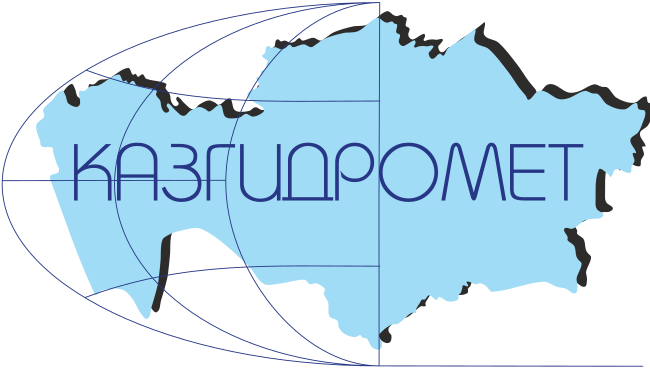SELECTION OF OPTIMAL PARAMETERS OF THE NUMERICAL REGIONAL CLIMATIC MODEL (RCM) FOR THE CENTRAL ASIA DOMAIN
Keywords:
climate, regional climate model, numerical experiments, optimal parametersAbstract
Based on a regional climate model the numerical experiments made it possible to select the optimal ones for reproducing such elements of the climate system as the surface temperature and precipitation. As the boundary and initial conditions the data of the Era-Interim European Center for Medium-Range Forecasts reanalysis were used. The climate model with optimally specified parameters will provide an opportunity to assess the parameters of the future climate within the Central Asia domain under different greenhouse gas emission scenarios.
References
Шерстюков Б.Г., Салугашвили Р.С. Новые тенденции в изменениях климата Северного полушария Земли в последнее десятилетие // Тр. ГУ ВНИИГМИ-МЦД. – 2010. – Вып. 175. – С. 43-51.
Klemp J.B., Skamarock W.C., and Dudhia J. Conservative split-explicit time integration methods for the compressible nonhydrostatic equations Mon. Wea. Rev., 2007:135, 20-36.
Michalakes J., Chen S., Dudhia J., Hart L., Klemp J., Middlecoff J. and Skamarock W. Development of a Next Generation Regional Weather Research and Forecast Model. Developments in Teracomputing: Pro-ceedings of the Ninth ECMWF Workshop on the Use of High Perfor-mance Computing in Meteorology. Eds. Walter Zwieflhofer and Norb-ert Kreitz // World Scientific. – 2001. – Р. 269-275.
Michalakes J., Dudhia J., Gill D., Henderson T., Klemp J., Skamarock W., and Wang W. The Weather Research and Forecast Model: Software Architecture and Performance. Proceedings of the Eleventh ECMWF Workshop on the Use of High Performance Computing in Meteorology. Eds. Walter Zwieflhofer and George Mozdzynski // World Scientific. – 2005, Р. 156-168.
Schneider et al (2017): Evaluating the Hydrological Cycle over Land Using the Newly-Corrected Precipitation Climatology from the Global Precipitation Climatology Centre (GPCC).
Skamarock W. et al, A Description of the Advanced Research WRF Version 2, NCAR Technical Memorandum, NCAR/TN-468+STR, 2005.
Takle E.S., and Coauthors, 1999: Project to Intercompare Regional Climate Simulations (PIRCS): Description and initial results. J. Ge-ophys. Res., 104 (D16), 19 443–19 461. Tao, W.-K., and J. Simpson, 1989: Modeling study of a tropical squall-type convective line. J. At-mos. Sci., 46, 177–202.
Tao, W.-K., and J. Simpson, 1989: Modeling study of a tropical squall-type convective line. J. Atmos. Sci., 46, 177–202.
Zhu, J., and X.-Z. Liang, 2005: Regional climate model simulation of U.S. soil temperature and moisture during 1982–2002. J. Geophys. Res., 110, D24110, doi:10.1029/2005JD006472.





